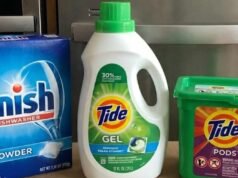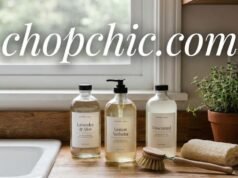Have you ever picked up a “green” or “eco safe” cleaner and wondered if it really meant anything? You’re not the only one. With more brands jumping on the eco bandwagon, labels have become confusing sometimes even misleading. But with some savvy, you can learn to decode between real certifications and clever marketing.
Why Eco Labels Matter: informed decisions
When you want to make more informed decisions for your home and the environment, labels are your friend. Genuine eco certifications tell you that a product has been third party inspected to ensure ingredient safety, environmental responsibility, and packaging standards. They cut through the noise and provide you with confidence in what you are buying.
Labels That Actually Matter: real certifications
Not all logos are window dressing. Here are a few that are actually significant:
- EPA Safer Choice: This takes into account the whole formula not just a few “green” ingredients. If a product carries this mark, it’s passed testing for toxicity, biodegradability, and even possible skin irritation.
- EcoLogo (by UL): An old standard, EcoLogo certified products meet strict environmental performance standards, from raw materials to production to disposal.
- USDA Certified Biobased: It indicates the amount of the product that is derived from renewable sources like plants. The higher, the better: the lower the figure, the less reliant it is on petroleum chemicals.
These aren’t awards these are assurances that someone outside the company has examined what’s in the bottle carefully.
Red Flags to Watch Out For: clever marketing
There are some names that are cute but not meaningful. Some names like “eco friendly“ or “planet safe” can be appealing on a label but typically don’t have any real oversight without third party certification. They’re merely marketing words without it.
And don’t fall for cute packaging either. Leaves, streams, and earth tones are popular to create the pretense of sustainability regardless of what’s being put inside.
How to Read a Label Like a Pro: full ingredient
Start by turning the bottle around. Check whether it has a full ingredient list. The more honest companies will have scientific and everyday names, and they will not use vague terms like “natural surfactants.”
In addition, check whether it has third party labeling like the ones mentioned above. If you do notice them, that’s usually a good indication. If not, beware of claims like “non toxic” or “green formula.”.
And if you ever are experiencing doubts, a quick search of the label or product name with the word “certification” can tell you a lot.
Wrapping It Up: secret code
You don’t need to know the secret code to decode detergent labels. Now that you know which certifications are reliable and which words are filler, you’ll be able to shop all that. much more confidently and do right by the environment and your dishes.













[…] minerals not only wreak havoc on your plates. They accumulate in your dishwasher over time, disrupt detergent performance, and deposit that dull, gritty appearance no one […]